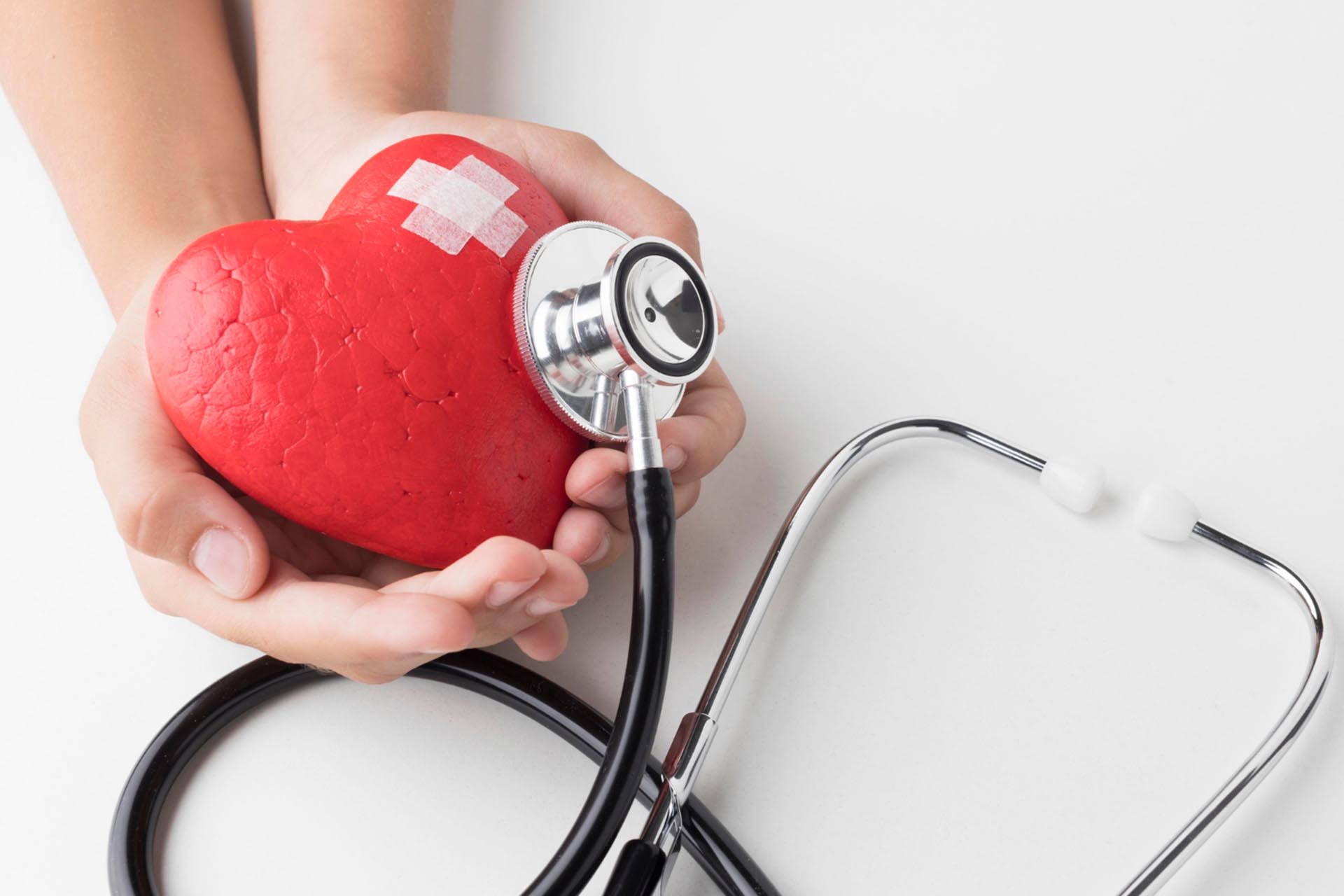
MD, ScD, Professor Dušan Vešović is on LinkedIn

Cholesterol is often a hot topic when discussing heart health, but what exactly do the different types of cholesterol in your blood mean? To grasp the importance of cholesterol, let's break down what a lipid panel reveals about the various fats circulating in your bloodstream.
A lipid panel is a blood test that measures different types of lipids, or fats, in your blood. The results are typically expressed in milligrams per deciliter (mg/dL) or millimoles per liter (mmol/L).
Here's what your lipid profile includes:
- Total Cholesterol: This is the sum of all the cholesterol in your blood, including low-density lipoprotein (LDL), high-density lipoprotein (HDL), and very low-density lipoprotein (VLDL).
- Low-Density Lipoprotein (LDL): Known as "bad cholesterol," LDL can build up in your blood vessels, raising the risk of heart disease.
- High-Density Lipoprotein (HDL): Referred to as "good cholesterol," HDL helps clear LDL from your blood vessels, reducing the risk of heart disease.
- Very Low-Density Lipoprotein (VLDL): Like LDL, this is another type of "bad cholesterol" that can contribute to plaque formation in your arteries.
- Triglycerides: These are fats derived from the food you eat. High levels of triglycerides are associated with an increased risk of heart disease and pancreatitis.
HDL cholesterol, or high-density lipoprotein, is often hailed as the "good" cholesterol. Its role is vital: HDL acts like a cleaner for your blood vessels, removing bad cholesterol (LDL) and transporting it to the liver, where it’s processed and eliminated. Higher levels of HDL cholesterol in the blood correspond to a lower risk of heart disease. Ideally, your HDL levels should be 60 mg/dL or higher, while lower levels can increase your risk of cardiovascular issues.
Recommended HDL Cholesterol Levels:
- Men: 40 mg/dL (2.2 mmol/L) or higher.
- Women: 50 mg/dL (2.8 mmol/L) or higher.
- Children (ages 2-19): 45 mg/dL (2.5 mmol/L) or higher.
To keep your HDL cholesterol at an optimal level, consider the following tips:
1. **Exercise Regularly:** Aerobic activities such as jogging or cycling (for 40 to 60 minutes) can effectively raise your HDL levels.
2. **Quit Smoking:** The toxins in tobacco smoke lower HDL, so quitting can help boost your levels.
3. **Eat a Healthy Diet:** A Mediterranean diet, rich in healthy fats, fruits, and vegetables, can positively impact your HDL cholesterol.
4. **Maintain a Healthy Weight:** Losing excess weight, especially belly fat, can improve your HDL levels.
5. **Moderate Alcohol Consumption:** While moderate alcohol intake can increase HDL, it’s important not to overdo it, as excessive drinking can have negative effects.
Maintaining optimal HDL cholesterol levels is crucial for the health of your heart and blood vessels. Simple lifestyle changes, such as regular exercise, a balanced diet, and quitting smoking, can make a significant difference in keeping your blood vessels healthy and supporting your overall well-being. Regular check-ups and working closely with your doctor will help you monitor and manage your cholesterol levels, reducing your risk of heart disease and stroke.